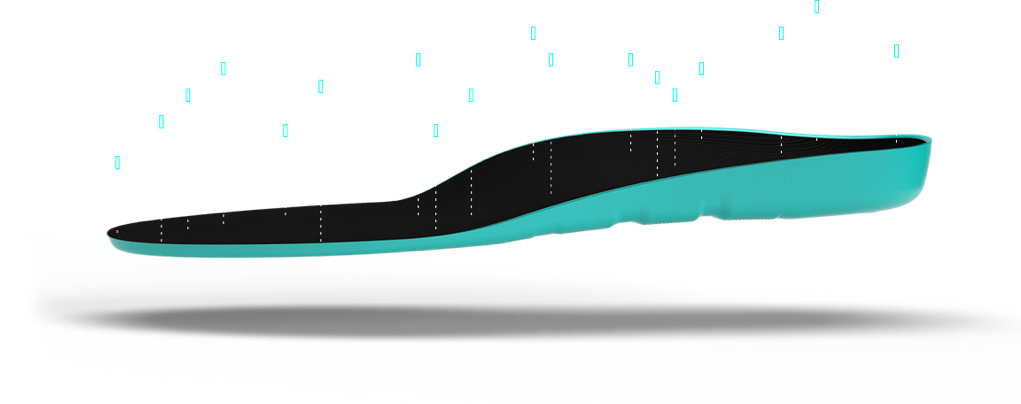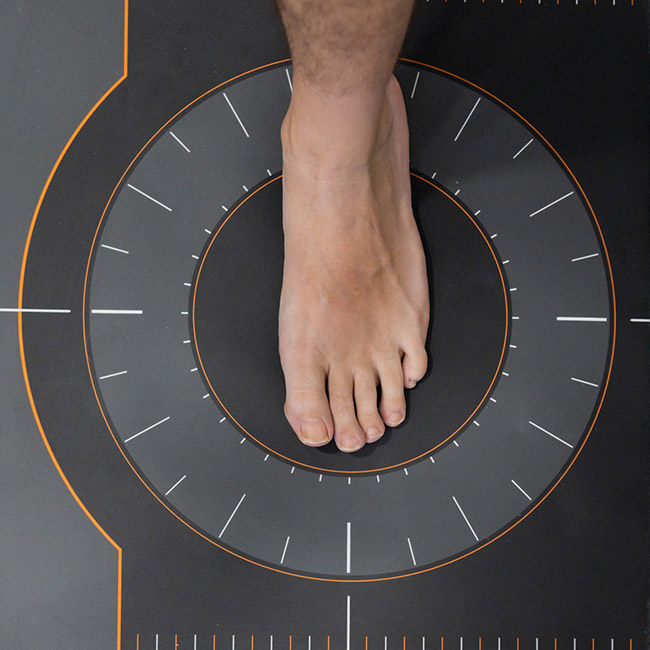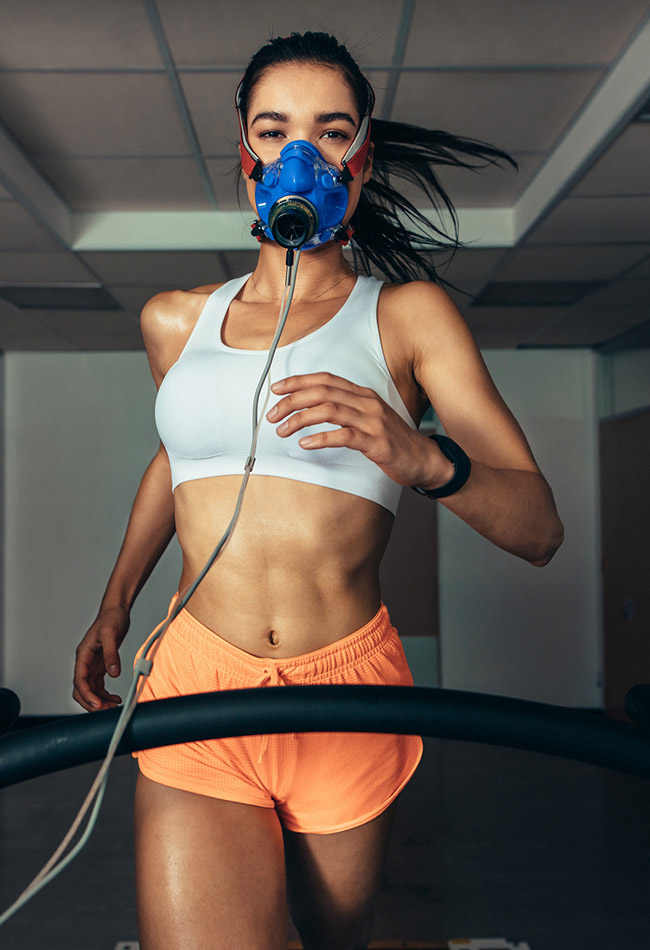
Underfoot Comfort — Defined, Quantified, and Delivered
Deliver on Your Customers’ Individual Perceptions of Comfort
At INSITE, our goal is to maximize comfort by pairing the right shoe with the right insole. Our ProvenComfort™ method is a series of third-party validated tests that help us benchmark specific comfort metrics – so that brands have the data to make better product decisions. Doing this helps brands establish levels of comfort that work well for the majority of their customers. That’s comfort quantified and comfort defined.

Our Proven Testing Methodology
These data points together allow us to select the best shape, materials, and design for an insole.
Comfort Perception Testing:
We capture individual perceptions of what comfort really means, conducting in-depth psychometric surveys that help quantify the fit, placement, and cushioning of the insole during different movements and activities. By examining specific comfort variables, we can take into account both individual experiences with shoe and insole performance, as well as overall trends in comfort perception.
Additional wear testing data is provided by our partners at MESH01.
Plantar Pressure Testing
Using high-fidelity wireless insole sensors, we visually map underfoot pressure in real time during activity. This allows us to gain data and analysis on plantar pressure, the foot’s center of pressure, and gait – helping us identify pressure “hot spots” and reduce discomfort through insole design.
Material Impact Testing
Using a computer-controlled test that simulates heel and forefoot impact, we measure the compression, shock absorption, and rebound of the shoe’s cushioning system to understand the level of impact created by the foot during certain activities. This allows us to see how that impact is absorbed by an insole, and the effect of footwear on a wearer’s foot over time.
Other Comfort Metrics
Our ProvenComfort testing methods are third-party validated by leading podiatric and biomechanics experts. Testing is conducted at the INSITE Research & Design Lab in Los Angeles, CA.

Additional Biomechanics Testing
In addition to core ProvenComfort testing, our research and design lab in Los Angeles allows us to conduct advanced biomechanics tests – providing even more detailed comfort metrics for high-performance footwear applications.
Oxygen Efficiency Testing
We use VO2 max testing to measure oxygen consumption during specific activities, which allows us to determine the level of athletic performance a shoe can support.
Muscle Activation Testing
Using a wireless electromyography (EMG) system, we measure muscle activation during activity, ensuring that a shoe is appropriate for the type, duration, and intensity of movement required by its intended function.
3D Motion Testing
We use real-time 3D motion capture to analyze balance, allowing us to find abnormalities in a wearer’s gait while wearing your footwear.
Force plate testing
Using force plates in combination with 3D motion capture allows us to measure both the force and the movement exerted during activity – so we can accurately analyze your footwear’s effect on a wearer’s gait in real time.

A Methodology for Customer Satisfaction
The ProvenComfort testing method is supported and informed by the expertise of our biomechanics team and our scientific advisors. Our selection of shape, materials, and design is engineered to maximize ProvenComfort results, helping your brand confidently bring new footwear lines to market, knowing your customers will get the most out of your footwear.
- Validate product comfort & performance claims
- Benchmark product performance against competitors
- Make updates that evolve your products & move them forward
- Launch footwear leveraging leading biomechanics science
- Increase product confidence through valuable data points
